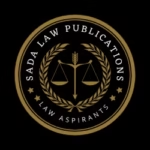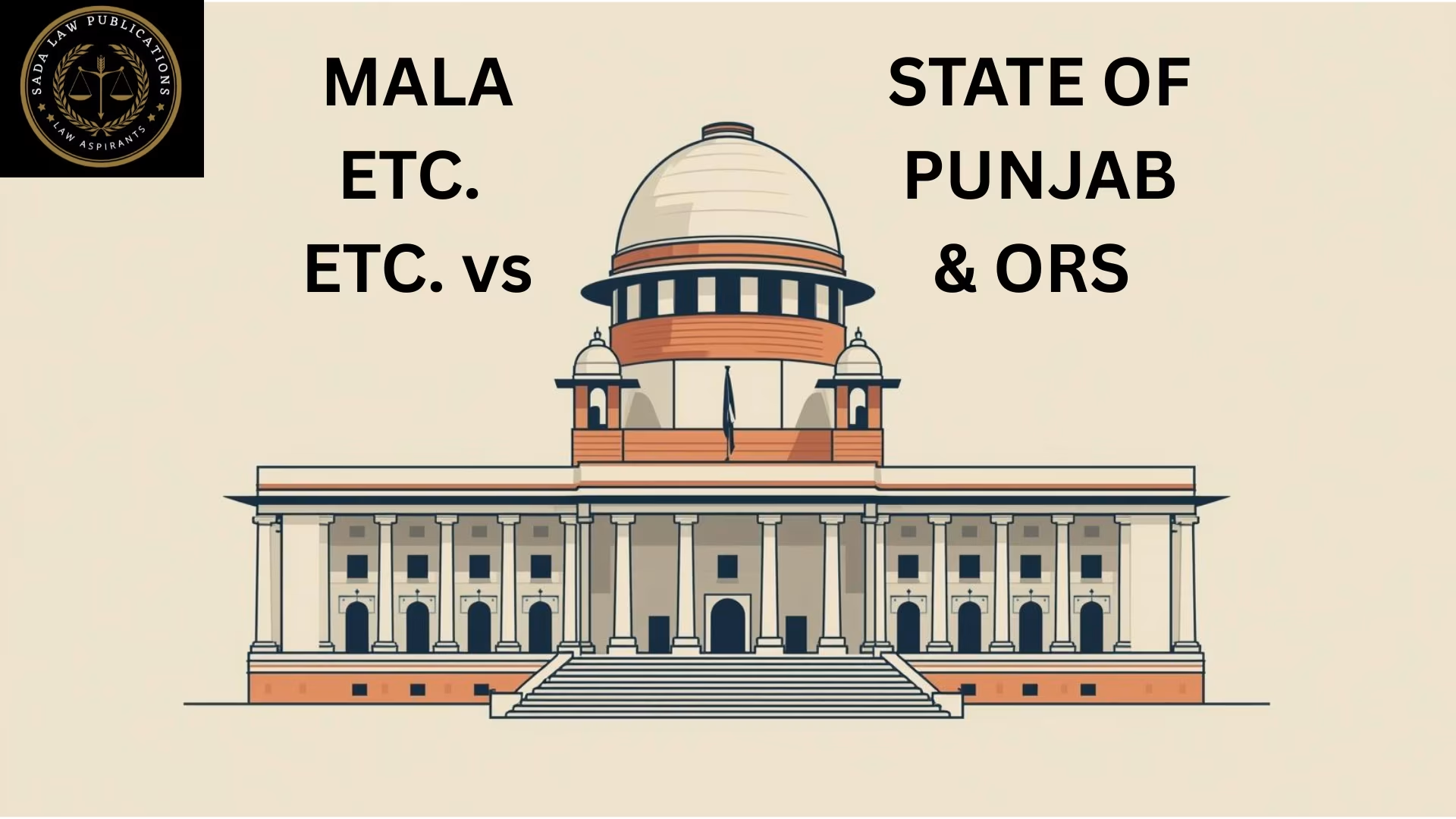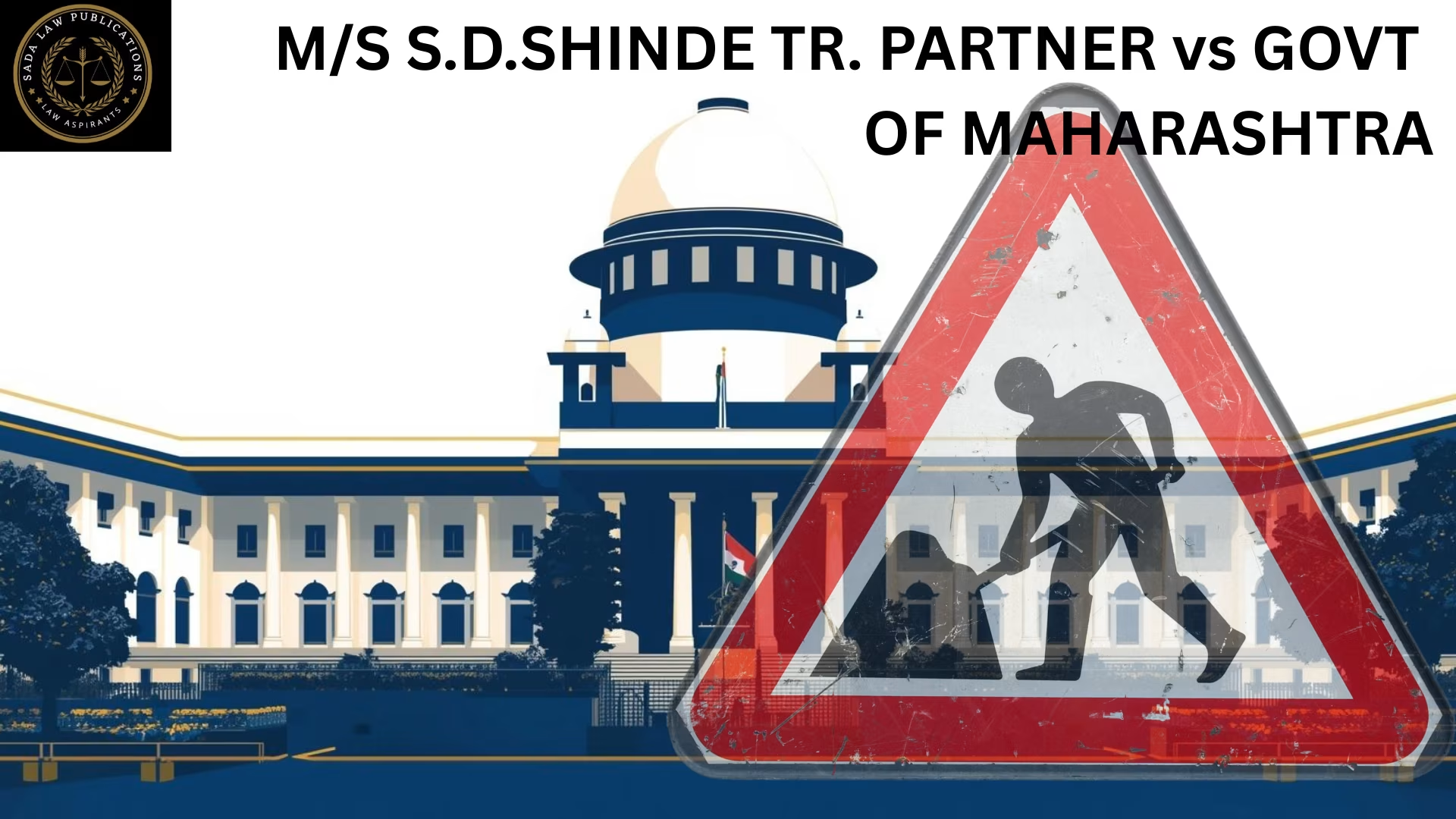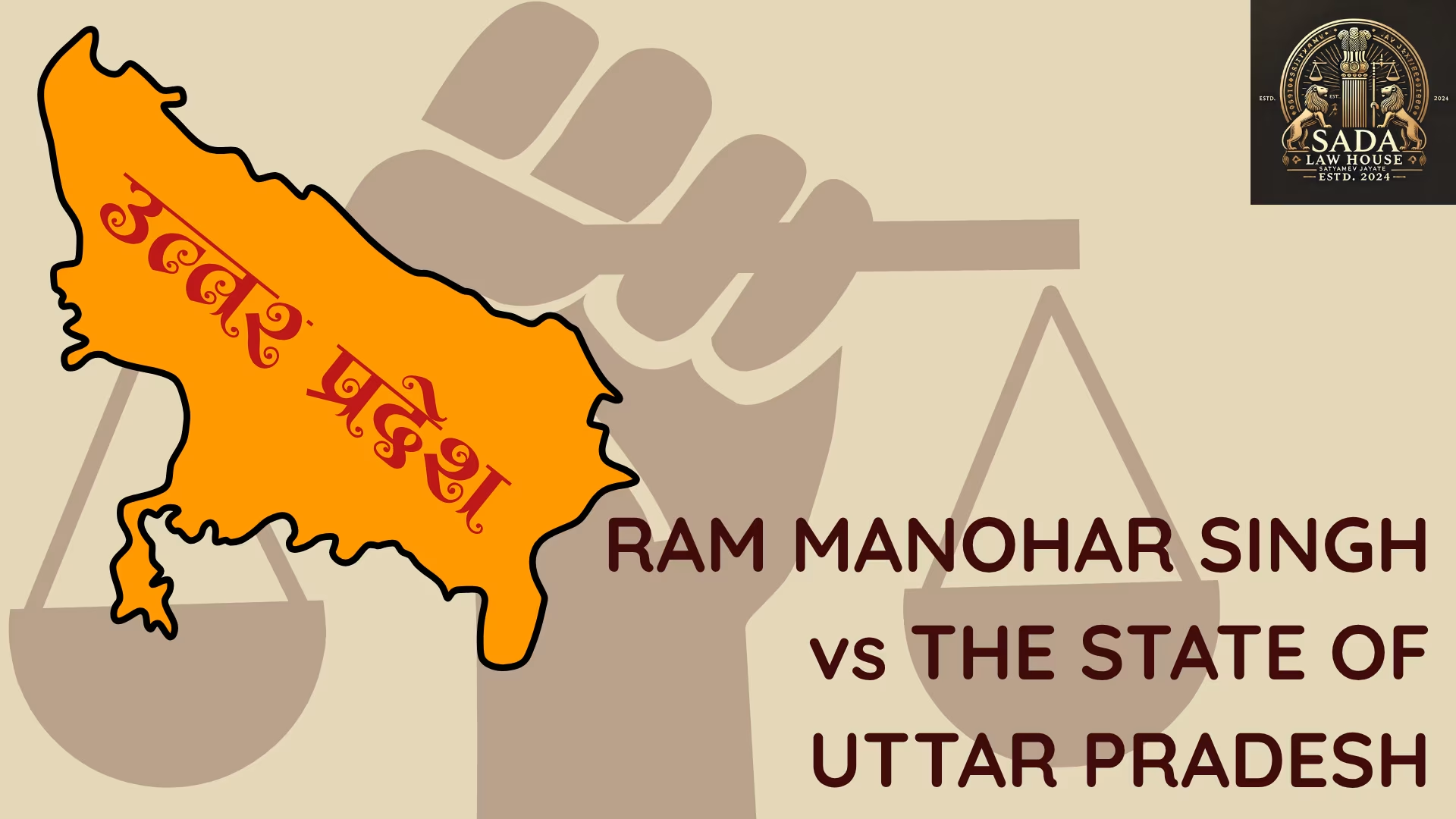Supreme Court Upholds Use of Urdu for Official Purposes in Maharashtra: Varshatai v. State of Maharashtra (2025)
- NITU KUMARI
- 17 May 2025

The Supreme Court upholds the use of Urdu as an additional official language in Maharashtra, highlighting its cultural significance and legal standing under Indian law.
Introduction: Language and Legal Identity in India
In a landmark judgment, the Supreme Court of India upheld the use of Urdu as an additional official language for municipal signage in Maharashtra. The decision, stemming from the case Varshatai vs The State of Maharashtra, reinforces the cultural and constitutional recognition of linguistic diversity in India.
This blog breaks down the facts, legal issues, and implications of the ruling, shedding light on how language rights are protected under Indian law.
Case Background: Objection to Urdu Signage
Who Was Involved?
The appellant, Mrs. Varshatai Bagade, a former member of a Municipal Council, challenged the decision to include Urdu on signboards alongside Marathi in Maharashtra.
Key Events:
The Municipal Council approved the use of Urdu in addition to Marathi on public signage.
The appellant objected and filed a legal challenge, first with the Collector of Akola, then escalating it to the Divisional Commissioner and the Bombay High Court.
Dissatisfied with the outcome, the case was brought before the Supreme Court.
Legal Issue: Is Urdu Allowed as an Additional Official Language?
Core Question Before the Court:
Does the Maharashtra Local Authorities (Official Languages) Act, 2022 prohibit the use of Urdu alongside Marathi on municipal signboards?
This became the central legal issue in evaluating language policy in local governance within the state of Maharashtra.
Supreme Court Judgment: Language Is Not Religion
The Supreme Court, in its April 15, 2025 ruling (2025 INSC 486), clarified that Urdu and Marathi are both recognized under Schedule VIII of the Indian Constitution. The Court firmly rejected the notion that Urdu’s use was unconstitutional or inappropriate.
Key Highlights from the Verdict:
Language is cultural, not religious.
Urdu is an Indian language—born, nurtured, and refined on Indian soil.
The Court described Urdu as part of Ganga-Jamuni Tehzeeb, the composite culture of North and Central India.
The 2022 Act does not prohibit Urdu as an additional language; it merely establishes Marathi as the principal one.
Cultural and Constitutional Importance of Urdu
The Court emphasized that Urdu is deeply woven into India’s linguistic fabric, similar to Hindi and Marathi. Many everyday expressions used across India contain Urdu-origin words, highlighting the natural linguistic exchange in Indian society.
It also stressed the need to celebrate linguistic plurality, a foundational element of the Indian identity.
Conclusion: Upholding Language Rights in India
The Supreme Court’s dismissal of the appeal reaffirms the country’s commitment to linguistic inclusivity and constitutional rights. The ruling is a powerful reminder that language belongs to communities, not religions, and that India’s rich tapestry of languages must be protected and celebrated—not politicized.
Case Laws






